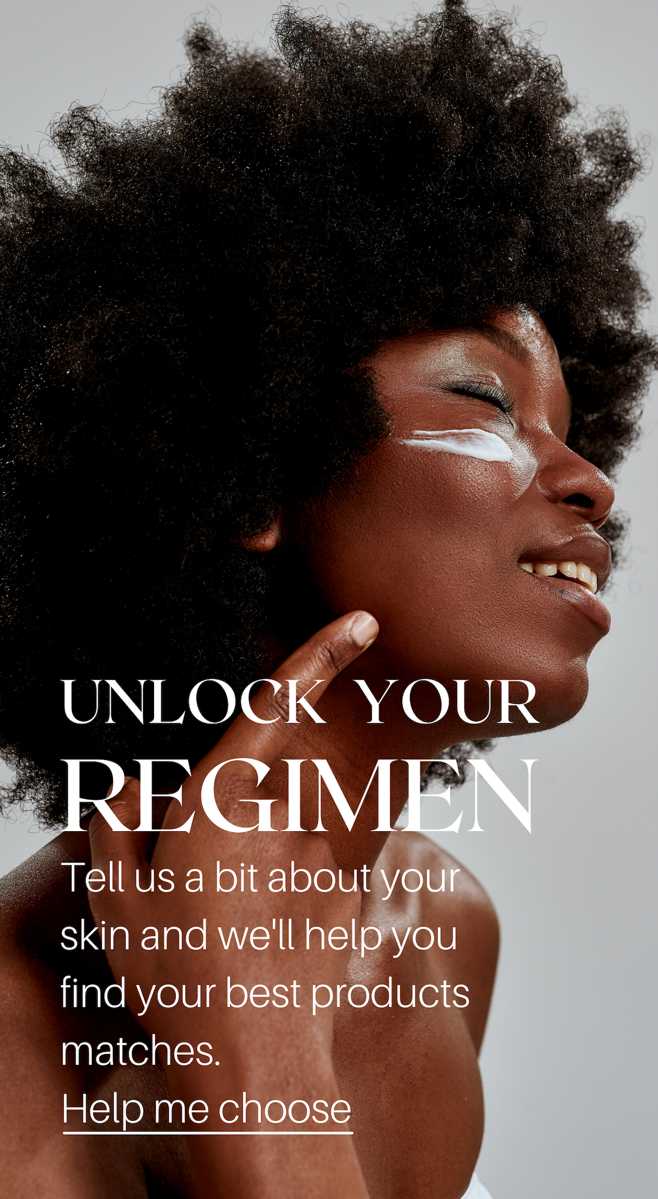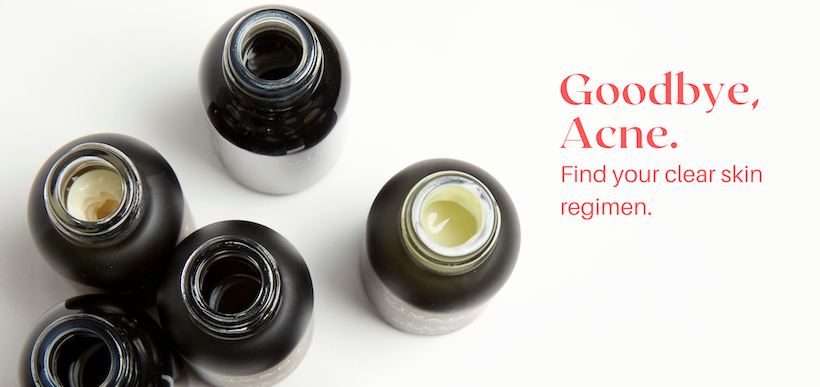Your Pre-Season Checklist to Avoid Melasma & Hyperpigmentation

Warmer weather means we’re all going to be getting outside and enjoying more outdoor activity. Whether that means bombing down a single track on your mountain bike, a little light gardening, or engaging in a highly competitive game of cornhole, your sun exposure is about to increase. That increased exposure can mean an increase in pigmentation—dark, blotchy patches, age spots, freckles—known as melasma and hyperpigmentation. Aside from interfering with your flawlessness and fearlessness, these inconsistencies in skin tone can have as much impact on your appearance as wrinkles because they prevent skin from reflecting light, making skin appear aged and dull.
There are precautions you can take to guard your skin against this sun-induced siege. Here’s your pre-season checklist for keeping pigmentation away while you play.
Broad Spectrum Sunscreen
Melasma can be genetic or hormonally driven, and hyperpigmentation is the result of inflammation, but in all cases, sun is either an instigator or a contributor to the condition. Protecting your skin with a broad-spectrum sunscreen that blocks harmful UVA and UVB rays is priority number one. The best sunscreens are physical, meaning they block and reflect UV rays away from skin rather than absorbing and neutralizing them with chemicals, which can have other harmful effects. Look for zinc at the top of the ingredient list.
Wide-brimmed hats
Hats look great and keep sun off your skin. There’s no downside here. Stock up on chic.
Pigment inhibitors and Brighteners
In addition to sunscreen, a consistent topical regimen targeting hyperactive melanocytes (pigment cells) can help fade existing spots and prevent further discoloration. Hydroquinone, retinoids and vitamin C are a power trio in this equation, but it’s important to note that hydroquinone shouldn’t be used continuously for longer than three to six months without a dermatologist’s approval. If you have sensitive skin, Kojic acid and mandelic acid are great alternatives to suppress melanin production and brighten skin.
Antioxidants
Melanocytes are triggered as a protective response to harmful free radicals released by UV radiation. Antioxidants are free radical scavengers. Load up on these natural warriors, both internally and topically, to give your skin a powerful photo-protective boost. Some of the best anatioxidants are polyphenolic compounds found in grape seed oil; the potent combination of vitamins C and E, which work synergistically to neutralize free radicals and boost the body’s own antioxidant production; and oat protein, which is rich in polyunsaturated fats that protect your body’s own skin-nourishing lipids.
Peels
A tried and true method of attacking excess pigmentation is increasing cell turnover. Light peels do just that by removing dead skin and stimulating cell renewal, essentially forcing melanocytes to rise to the surface and be shed away. Peels typically use a solution of glycolic acid, salicylic acid or protein-digesting enzymatic fruit acids brushed over the skin in successive layers and then removed revealing fresh new skin. The process is best done by a skin care professional in a salon or dermatologist’s office.
Microdermabrasion
Microdermabrasion is another method often used to help break up and clear away pigmentation. Like a peel, microdermabrasion’s key function is cell turnover. The process uses extremely fine diamond chips or crystals, embedded in the tip of a pressurized vacuum-like wand that is swept across the skin to create mico-abrasion. Depending on the amount of pigmentation and skin sensitivity, the process is repeated in up to five sessions done two to four weeks apart.
No Lasers
Heat causes inflammation and inflammation triggers melanin production, so rather than helping the situation, lasers could lead to more pigmentation.


Comments